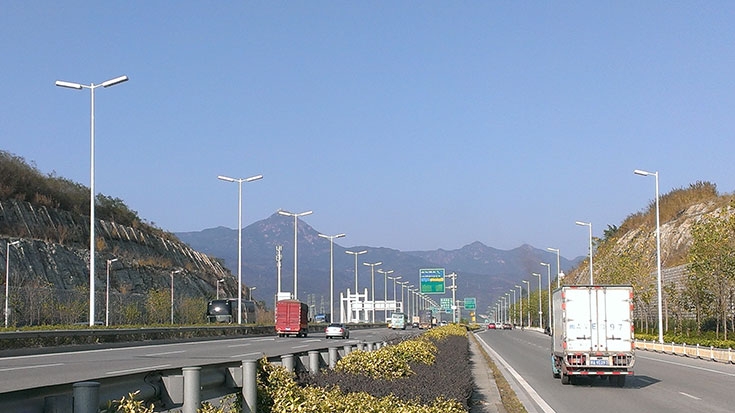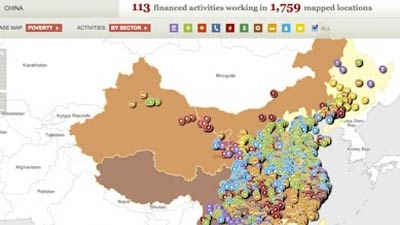Challenge
Like many cities in China, Fuzhou’s population was growing rapidly (projected to increase from 1.58 million in 2002 to over 2.4 million in 2020), and required new areas for housing, work and recreation. Nantai Island, located in the city’s periphery, was designated as the main area for expansion. Specifically, the plan was to increase the island’s urbanized area from 12 km2 (8.5 percent) in 1999 to 121 km2 (85 percent) in 2020, accommodating a population growth from 344,000 to 800,000 residents in that period. Carefully planned and implemented investments in infrastructure, particularly transport infrastructure, would be essential to making Fuzhou’s vision viable.
Solution
The Fuzhou Nantai Island Peri-Urban Development Project was designed to support sustainable urban development in Fuzhou as it expanded to Nantai Island, by providing strategic transport infrastructure and by strengthening Fuzhou Municipal Government’s decision support system on land development and management. The project combined investments in developing a well-balanced, hierarchical road network in Nantai Island (Nanjiangbin Road, the southern section of the Third Ring Road, and Kuiqi Bridge) with the construction of a new public transport hub (Jinshan Bus Terminal and Depot), and additional efforts to provide on-street priority to public transport services. In addition, institutional strengthening and technical assistance would be provided in the form of policy studies and staff training to improve the city’s capacities for integrated transport and land use planning, land management, and public transport regulation.


